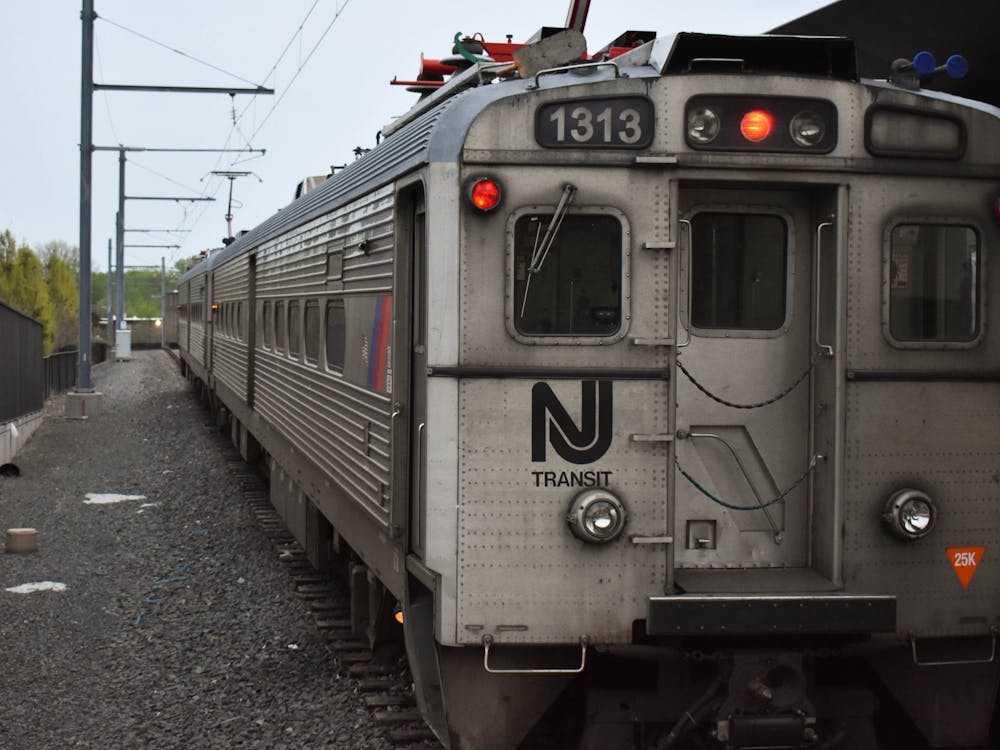Quad’s recent decision has the potential to reopen this discussion on Princeton’s campus and to set the tone on Prospect Avenue. While it’s great that Quad has become financially accessible to the entire student population, a change in one eating club alone is not sufficient. The administration has addressed this problem in the past, and now increases financial aid awards for all juniors and seniors in attempts to defray the costs of joining an eating club. But in the Jan. 16 article, Quad Graduate Board chairman Dinesh Maneyapanda ’94 explains that families often decide it makes more financial sense to use the extra money for expenses other than the clubs. The Report of the Task Force on Relationships Between the University and the Eating Clubs also acknowledges this flaw in the system, admitting “the family may realize that if the student does not join the club, these funds then are available for other family or student purposes or can represent a de facto reduction in the family contribution.”
The increase in financial aid still does not make it financially possible for all students to join an eating club. But neither are all eating clubs in the same position as Quad: As stated in the Jan. 16 article, Quad can afford to substantially lower its fees because of the expected increase in total membership. Quad is expecting many new members who previously would not have been in the eating club system, an influx that might not be guaranteed elsewhere if multiple clubs lowered their fees. But the fact remains that the clubs need to be more affordable. There is no easy solution, but it is also not acceptable for the eating clubs to exclude students who may be interested.
I will admit that, as a freshman, I’m still mostly ignorant of the eating club system. But I do know that it has grown and adapted with Princeton and is now a modern University tradition in its own right. Most involved upperclassmen I have talked with view the eating clubs as one of the most positive and uniting traditions on Princeton’s campus. The point of today’s Princeton traditions, eating clubs included, is to bring the campus together and give us all something in common. The eating clubs, a tradition so strong that it attracts 80 percent of sophomores, should be available for every Princetonian who desires to take part. And right now, the eating club system does not embody the positive, inclusive philosophy that should shape a school tradition — not everyone has equal access to this facet of the Princeton culture.
The Eating Club Task Force proposed several suggestions for making the membership fees more affordable: enabling students to discuss aid options with members of the graduate board, increasing scholarships available through the Princeton Prospect Foundation and encouraging the clubs to cut extraneous expenses so that they in turn can reduce membership fees. The clubs could even turn to a sliding scale of payment, or further encourage alumni and current member donations to offset membership fees. With so many viable options to improve the situation, change is not only possible, but imperative. It is the responsibility of the clubs, the Interclub Council and the administration to take recommendations seriously, and act sooner rather than later. If so many current and former students praise the eating clubs as a positive and integral part of their Princeton experience, every student should be able to take part in the tradition.
Sarah Schwartz is a freshman from Silver Spring, Md. She can be reached at seschwar@princeton.edu







